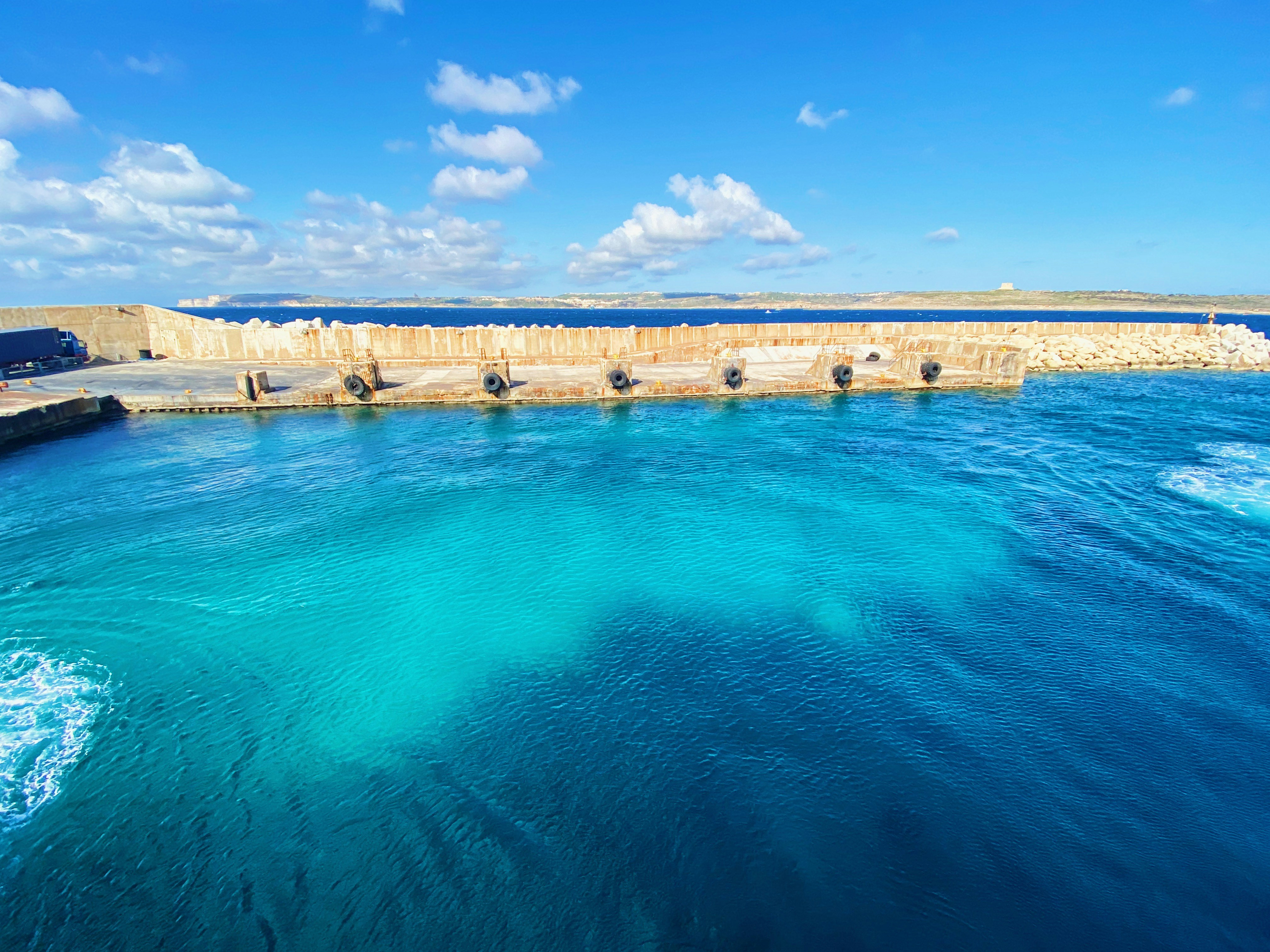Seawater treatment presents unique technical challenges due to its high salinity, corrosive nature, and the presence of marine organisms. As industries and municipalities increasingly turn to coastal or offshore water sources, the demand for specialized treatment systems that can withstand such harsh environments is on the rise.
This article outlines some of the most common seawater treatment scenarios and the mechanical equipment typically involved — with a focus on corrosion resistance and operational efficiency.
Image credit: Paula De la Pava Nieto via Unsplash
1. Seawater Intake Pre-Treatment
Before seawater can be processed for desalination or industrial use, large volumes of raw water must be drawn from the ocean through intake systems. These systems require robust mechanical screening to remove debris, aquatic life, and coarse solids.
Common equipment includes:
-
Travelling band screens
-
Trash racks
-
Stop gates
-
Screen cleaning pumps
Material selection is critical in these systems. Components are typically made of stainless steel (e.g., 316L or duplex steel) to ensure durability in continuous contact with saline water.
2. Pre-Treatment for Desalination Plants
Seawater Reverse Osmosis (SWRO) plants rely heavily on upstream pre-treatment to protect membranes and ensure stable operation. Dissolved Air Flotation (DAF) systems are commonly used for the removal of suspended solids, organics, and algae.
Typical equipment includes:
-
DAF units
-
Coagulation/flocculation tanks
-
Polymer dosing systems
-
Submersible mixers
All components in contact with seawater must be selected for chemical and salt resistance. Proper flocculation and mixing enhance DAF performance and extend membrane life.
3. Aquaculture & Marine Recirculation Systems
In marine aquaculture and research facilities, maintaining clean and oxygenated water is critical for aquatic animal health. Several technologies are used to manage suspended solids and biological waste.
Common equipment includes:
-
Protein skimmers
-
Nano bubble generators
-
Gravel filters (sand filters)
Nano bubble technology, in particular, is gaining popularity due to its ability to improve water quality and increase dissolved oxygen without mechanical aeration.
4. Mixing & Circulation in Saline Environments
Submersible mixers are frequently used in seawater applications, including equalization tanks, chemical dosing basins, or circulation systems. Due to full submersion in high-salt media, both the motor housing and propellers must be built from corrosion-resistant alloys.
Conclusion
Whether for desalination, aquaculture, or marine wastewater applications, successful seawater treatment depends on the use of highly durable, corrosion-resistant equipment. Understanding the specific operational challenges of each stage allows for better design, improved system efficiency, and longer equipment lifespan.
About Holly Technology
Holly Technology has delivered seawater treatment solutions to clients across diverse coastal and marine environments worldwide. Our product portfolio includes mechanical screens, DAF units, submersible mixers, nano bubble generators, and more — all available with corrosion-resistant materials tailored for high-salinity applications.
Whether you’re planning a desalination plant, aquaculture system, or coastal wastewater facility, our team is ready to help you configure the right solution.
Email: lisa@holly-tech.net.cn
WA: 86-15995395879
Post time: Jun-27-2025


